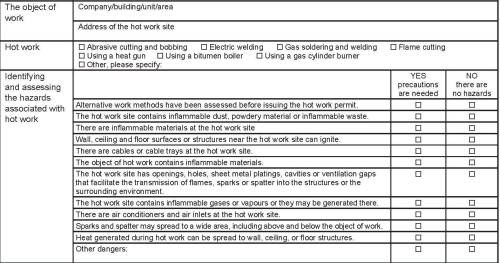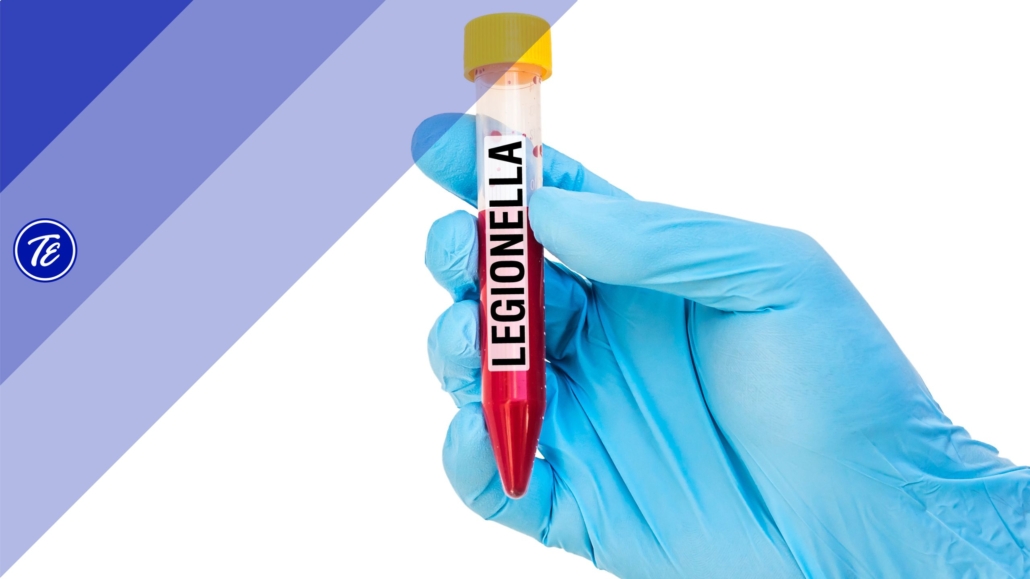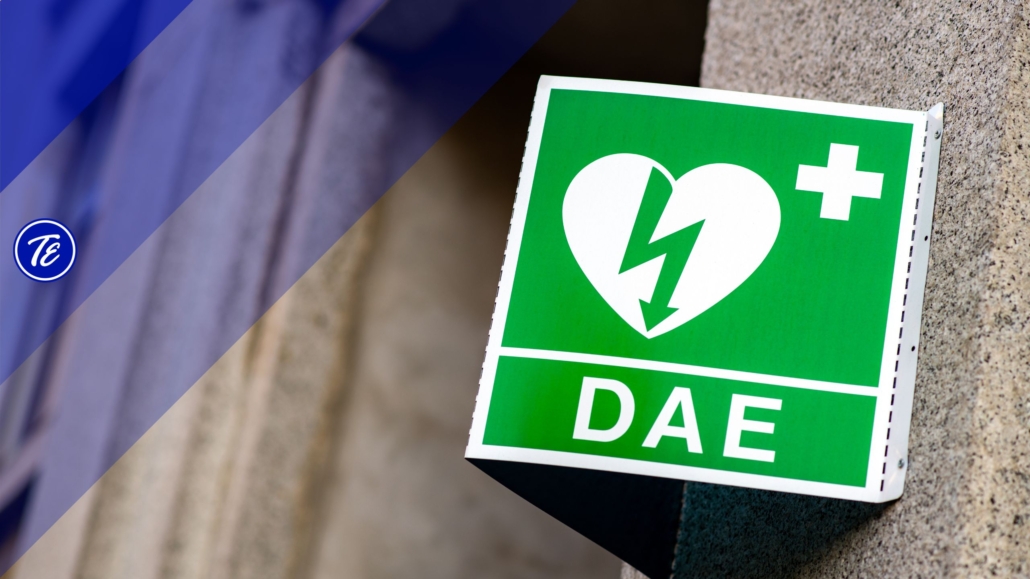Portable ladders: the most frequent accidents
Portable ladders are frequently used in the workplace, but can cause different types of injuries if they are not used properly.

Types of accidents
The most common types of injuries with portable ladders include falls, which account for most accidents. Falls can occur due to an unstable base, improper use of the ladder or lack of attention from the operator.
Other frequent accidents involve accidents related to the scale overload, which can cause the structure to collapse or sudden overturning. In addition, the risks of crushing the fingers are quite common when opening and closing the portable stairs. It is important to pay special attention to these operations to avoid injury.
Accidents involving damaged or defective ladders are also a significant category. Always use stairs in good condition and regularly check that they are intact and safe to avoid dangerous situations.
Factors contributing to injuries with portable ladders
One of the main factors, as well as very trivial, is the incorrect use of the scale, for example by placing it in an unstable way. Haste can lead operators to take risky actions, such as climbing too fast or ignoring safety regulations. In addition, the working environment can affect safety: slippery surfaces, uneven terrain or the presence of obstacles can increase the risk of falls.
Safety procedures for the correct use of the portable ladder
To prevent accidents by properly using a portable scale it is important to check that it is in good condition and that it is suitable for its intended use. Make sure that the ladder is placed on a stable and flat surface, avoiding to place it on slippery or unstable surfaces. When using the ladder, it is essential to always keep both feet steady on the steps and avoid leaning on one side or leaning too far forward. Be careful of sudden or sudden movements that could cause an imbalance and drop the ladder.
Types of portable ladders
The reference technical standard for portable ladders is UNI EN 131
According to the guideline “Use of portable ladders in temporary and mobile construction sites” of the Lombardy Region we can classify the portable ladders in:
- Simple ladders: ladders that, once ready to use, rest the lower part on the ground and the upper part on a vertical surface, having no support of their own. hey can be single trunk or several trunks that can be grafted or removed.
- Double ledders: self-stable ledders that, when ready for use, support themselves by placing the two trunks on the ground, allowing the climb from one or both sides, depending on the type.
- Castle stairs: self-supporting stairs with a solid support base, a climbing log equipped with handrails and a large parking platform with normal parapet on three sides.

Proper use of portable ladders on construction sites
Suitability and training of workers
Workers in charge of using the ladder must be fit for the specific task issued by the Competent Physician and must have received adequate training and comprehensive training in the use of the equipment provided. The presence and accessibility of the user and maintenance manual must always be guaranteed.
Before using
The scale must be appropriate for the specific use and before each use must verify the integrity, state of preservation and efficiency. Any residues such as mortars, paints, oils, grease or ice must be carefully removed from the ladder. You have to check the maximum weight allowed by the scale and do not exceed it in any case.
The worker who ascends the ladder must wear appropriate clothing and any PPE provided by the Employer for the job.
Portable ladder carrying on the shoulder
When a worker carries a portable ladder on his shoulder, he must keep it tilted and never horizontal, especially if visibility is limited. It must also support the ladder with the arm avoiding inserting it inside the ladder between steps or rungs.
Location of the portable ladder
The steps or rungs of the ladder must at all times be horizontal with respect to the floor or base, while the ladder must be supported on a regular, fixed, stable and slippery surface. If necessary, it must be attached to the supporting surface.
For ladders equipped with height adjustable feet, positioning on inclined surfaces is allowed, with the obligation to adjust them so that the rungs or steps constantly maintain horizontality. The maximum distance of the first step or rung from the support surface shall be 315 mm, and the support surface shall be easily accessible.
In the case of placing on a scaffold, the increased risk of falling from a height must be taken into account, requiring the adoption of appropriate safety measures. Ladders must always be placed on their own stoppers or feet, and must not be placed on steps or rungs.
The placement of the ladder should be carefully evaluated, considering the risks of collision with any vehicles, doors, pedestrians, as well as away from power lines, vacuum openings, blunt metal objects and sources of heat or smoke. When used outdoors, the location of the staircase shall take into account potential weather hazards, and the area below shall be segregated.
The locking mechanisms shall be correctly positioned in accordance with the user and maintenance manual.
After using
After the activity on the staircase, it must be closed and placed in a covered place; if the staircase had become dirty with paints, oils or other things it must be cleaned. It is also important to check which maintenance is required and indicated in the user manual and to implement it regularly.










